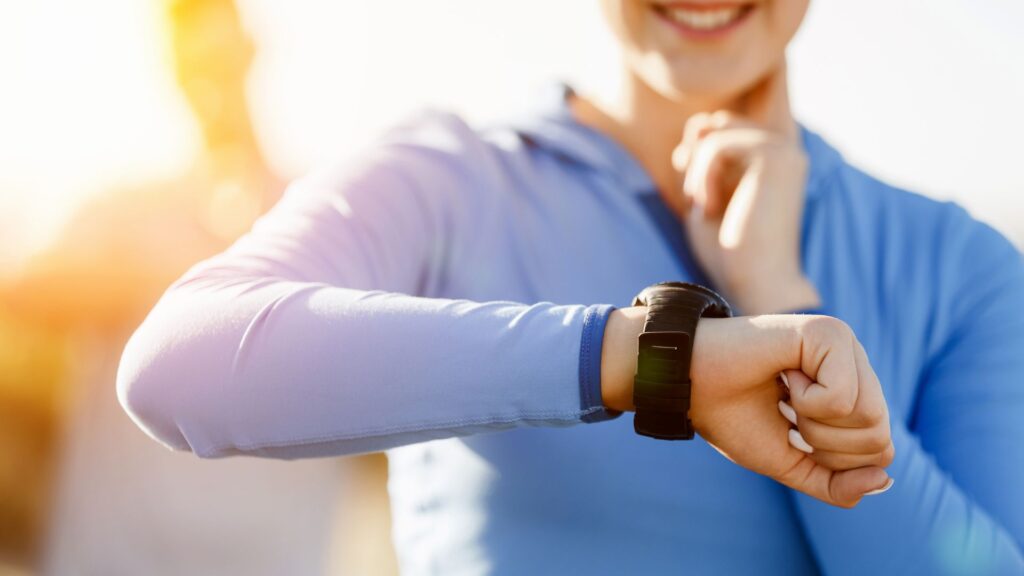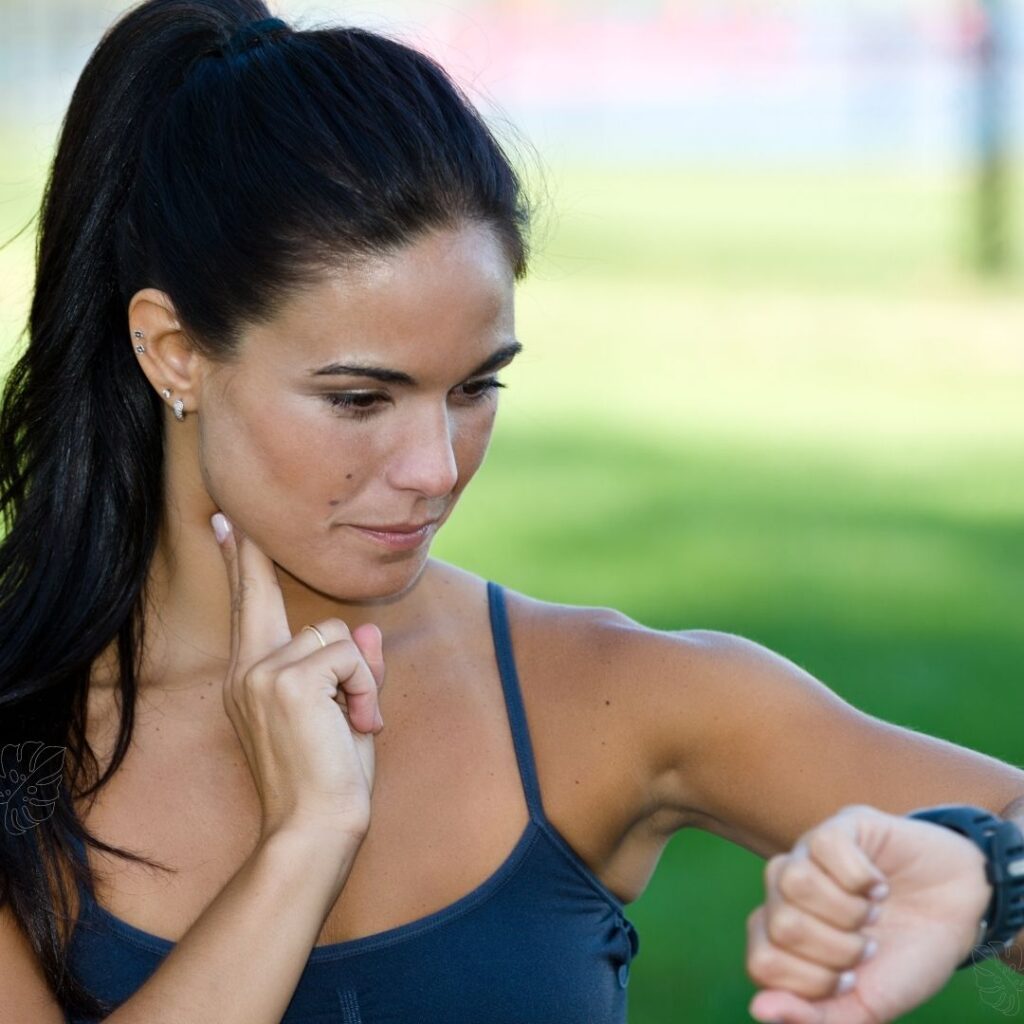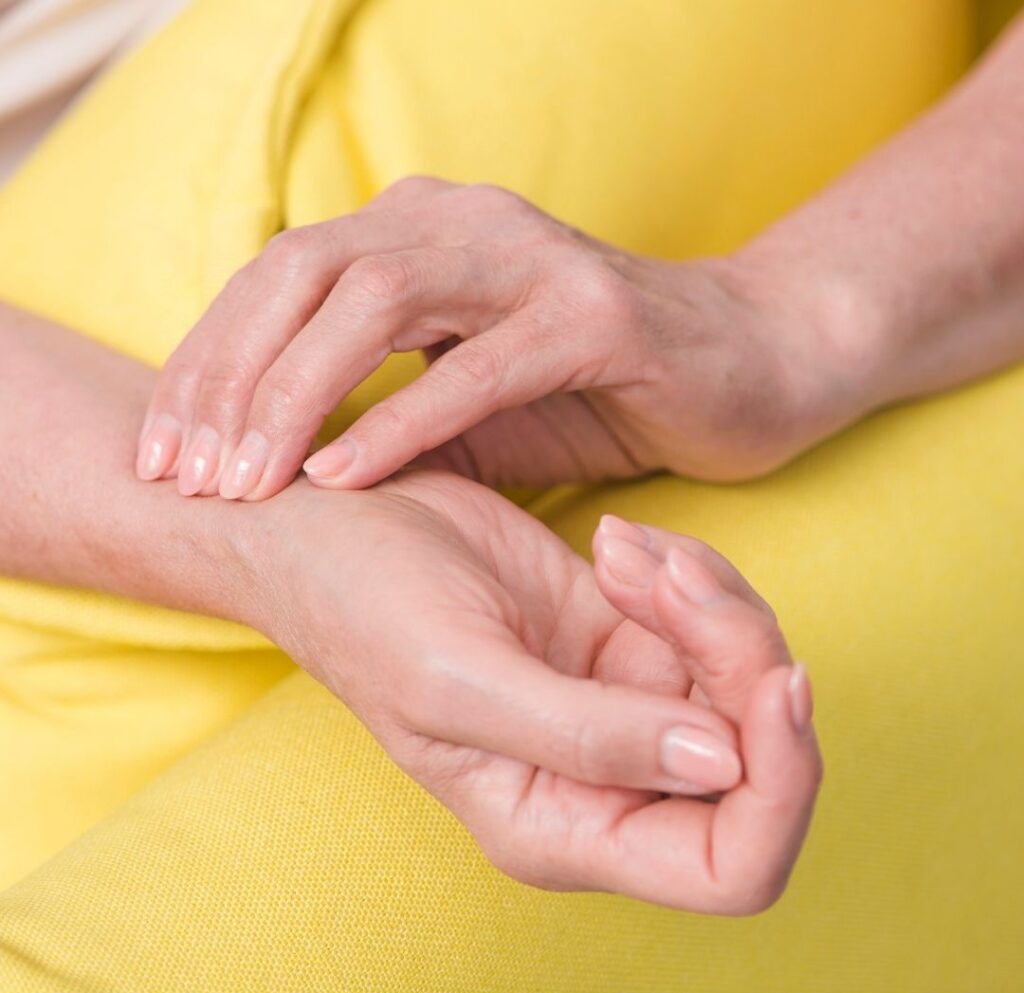
Monitoring Your Heart Rate
Monitoring your heart rate can help you in achieving your fitness goals. Knowing how hard you need to work to achieve your desired shape and fitness level will encourage you to challenge yourself. Being able to see how hard you are working will let you see how well you are progressing and when you might be slacking or possibly pushing too hard.
So play it hard, and keep it safe by monitoring your heart rate
Manual Method
All you need to check your pulse manually is a watch with a second hand or a digital stop watch.
You can measure your pulse rate anywhere an artery comes close to the skin, such as in your wrist, neck, temple area, behind the knee, top of your foot or groin. But for ease and modesty purposes, the most common places to measure heart rate manually is at the wrist (radial artery) and the neck (carotid artery). You should always use your fingers to take a pulse, not your thumb which has a pulse of it’s own and can interfere with readings.
For more accurate results, count your pulse for a full minute,
TIP: You can estimate the per minute rate by counting for 10 seconds and multiplying this figure by 6, or count for 15 seconds and multiply by 4, or for 30 seconds and doubling.

Carotid Pulse (neck) – To take your heart rate at the neck, place the pads of your first two fingers in the hollow between the windpipe and the large muscle in the neck. Press lightly until you feel a pulse.
Be careful not too press too hard as this can slow down your pulse and if you are over 65 can make you you light-headed and possibly fall.

Radial Pulse (wrist) – place the pads of your index and middle fingers together on the opposite wrist, in line with your thumb. Once you find a pulse, count the number of beats you feel within a one minute period.
Tip: Your pulse at your wrist may be easier to find if you wrap your hand under and around your wrist, still keeping the pads of your fingers in line with the thumb on the opposite hand.
Heart Rate Monitor
A heart rate monitor can be used to get a more accurate heart rate reading. This is great during exercise where the motion of exercise often makes it tough to get a clear reading using the manual method.
Using a heart rate monitor is also useful when you wish to record heart rate changes over short time periods (like during interval training).
Many heart rate monitors are able to save your readings to review later or to download helping you keep track of your progress!
I’ve personally used Polar, but there are many great heart rate monitors out there.

